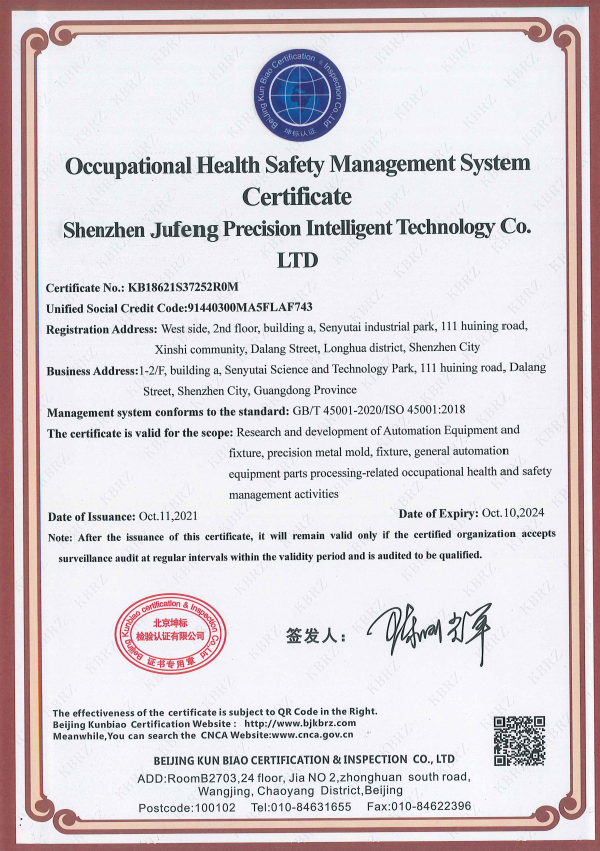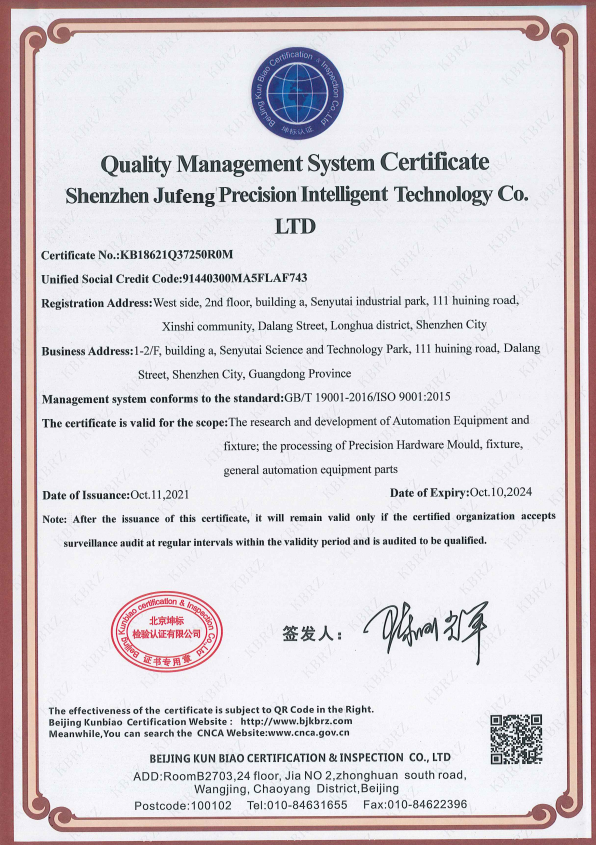News
Navigating the Challenges of Circuit Board Testing Fixture Implementation: A Comprehensive Guide
Navigating the Challenges of Circuit Board Testing Fixture Implementation
Table of Contents
- Understanding Circuit Board Testing Fixtures
- The Importance of Testing Fixtures in Manufacturing
- Common Challenges in Circuit Board Testing Fixture Implementation
- Design Considerations for Effective Testing Fixtures
- Technology and Tools for Successful Implementation
- Troubleshooting Common Issues During Implementation
- Best Practices for Optimizing Testing Fixtures
- The Future of Testing Fixtures in Electronics Manufacturing
- Frequently Asked Questions
Understanding Circuit Board Testing Fixtures
Circuit board testing fixtures are specialized tools designed to hold and connect a circuit board during testing processes. These fixtures provide a stable platform for conducting various tests, ensuring that the circuit board operates as intended. By facilitating reliable connection points for testing equipment, fixtures enhance the accuracy of measurements and contribute to the overall quality of electronic products.
The Role of Testing Fixtures in Quality Assurance
Testing fixtures play a critical role in quality assurance. They enable manufacturers to perform in-circuit testing (ICT), functional testing, and boundary scan testing, among other methodologies. Each testing method aims to identify defects early in the production process, thereby reducing the risk of delivering faulty products to customers.
The Importance of Testing Fixtures in Manufacturing
Implementing effective testing fixtures is vital for several reasons. Firstly, they significantly reduce the time required for testing, leading to faster production cycles. Secondly, they ensure consistent and repeatable test results, which are essential for meeting industry standards and regulations. Lastly, robust testing fixtures can save costs by minimizing rework and warranty claims associated with faulty products.
Impact on Production Efficiency
The implementation of tailored testing fixtures can lead to improved production efficiency. By streamlining the testing process, manufacturers can allocate resources more effectively, reduce lead times, and ultimately enhance customer satisfaction.
Common Challenges in Circuit Board Testing Fixture Implementation
While testing fixtures provide numerous benefits, their implementation is not without challenges. Various factors can complicate the process, including:
1. Design Complexity
Creating a fixture that accommodates different circuit board designs can be challenging. Manufacturers may encounter difficulties in ensuring compatibility with various components, sizes, and layouts.
2. Cost Constraints
Budget limitations can hinder the development of high-quality testing fixtures. Manufacturers must balance the need for precision with cost-effectiveness, which can lead to suboptimal solutions.
3. Limited Technical Expertise
The complexity of designing and implementing testing fixtures requires specialized knowledge and skills. A lack of technical expertise can result in inefficient fixtures that do not meet testing needs.
4. Integration with Existing Processes
Integrating new testing fixtures into existing workflows can pose logistical challenges. Manufacturers must consider how to seamlessly incorporate fixtures without disrupting production.
Design Considerations for Effective Testing Fixtures
When designing a circuit board testing fixture, several key factors must be considered to ensure effectiveness:
1. Customization
A one-size-fits-all approach rarely works in circuit board testing. Customizing fixtures to match the specific requirements of the circuit board ensures a better fit and more accurate testing results.
2. Material Selection
Choosing the right materials is crucial for the durability and reliability of testing fixtures. Materials should withstand repeated use and potential wear from the testing process.
3. Ease of Use
Fixtures should be designed with user-friendliness in mind. This means considering how quickly operators can load and unload circuit boards, as well as how easy it is to maintain the fixtures.
4. Accessibility
Testing fixtures should allow easy access for probes and connectors. Ensuring that testing equipment can reach all necessary points on the circuit board is vital for comprehensive testing.
Technology and Tools for Successful Implementation
Advancements in technology have revolutionized the design and implementation of circuit board testing fixtures. Manufacturers can leverage various tools and software to enhance their testing processes.
1. CAD Software
Computer-Aided Design (CAD) software plays a crucial role in the design phase. These tools allow engineers to create precise specifications for testing fixtures, ensuring they meet all necessary requirements.
2. Simulation Tools
Using simulation tools can help manufacturers visualize how the fixture will perform under different testing scenarios. This preemptive analysis can identify potential issues before physical prototypes are built.
3. Automated Testing Systems
The integration of automated testing systems with circuit board testing fixtures allows for quicker and more accurate assessments. Automation reduces human error and increases throughput.
Troubleshooting Common Issues During Implementation
Despite careful planning, issues may arise during the implementation of circuit board testing fixtures. Common problems include:
1. Misalignment of Probes
If probes do not align correctly with test points on the circuit board, it can lead to inaccurate readings. Adjustments may be necessary to ensure proper alignment.
2. Inconsistent Test Results
Inconsistent results can indicate issues with the fixture design or its execution. Regular calibration and maintenance of both fixtures and testing equipment can mitigate this problem.
3. Difficulty in Loading/unloading
If operators find it challenging to load or unload circuit boards, it can slow down the testing process. Design modifications may be required to enhance accessibility.
Best Practices for Optimizing Testing Fixtures
To maximize the effectiveness of circuit board testing fixtures, manufacturers should consider the following best practices:
1. Regular Maintenance
Routine maintenance of testing fixtures ensures longevity and consistent performance. Regular checks can help identify wear and tear before it affects testing accuracy.
2. Continuous Training for Operators
Investing in training for operators can enhance their understanding of the testing process and the fixtures used. This knowledge can lead to more efficient testing and fewer errors.
3. Gathering Feedback
Collecting feedback from operators can provide valuable insights into potential improvements for testing fixtures. Engaging with users ensures that the fixtures meet practical needs.
The Future of Testing Fixtures in Electronics Manufacturing
As technology advances, the future of circuit board testing fixtures looks promising. Innovations in materials, design software, and automation are expected to play significant roles in enhancing testing processes.
1. Integration with AI
Artificial Intelligence (AI) could potentially revolutionize the testing landscape by analyzing test results more effectively and suggesting improvements to fixture designs.
2. Increased Standardization
As industries move towards greater standardization, testing fixtures will likely evolve to meet common specifications, making them more versatile and widely applicable.
3. Sustainability Considerations
With a growing focus on sustainability, manufacturers may shift towards eco-friendly materials and processes in the design and implementation of testing fixtures.
Frequently Asked Questions
1. What is a circuit board testing fixture?
A circuit board testing fixture is a tool designed to securely hold a circuit board in place during testing, allowing various tests to be conducted efficiently and accurately.
2. How do I choose the right testing fixture for my circuit board?
Selecting the right testing fixture involves considering the specific requirements of your circuit board, including size, component placement, and testing methodologies.
3. What are the most common types of circuit board testing methods?
Common testing methods include in-circuit testing (ICT), functional testing, and boundary scan testing, each serving different purposes in the quality assurance process.
4. How can I improve the accuracy of my testing fixtures?
Improving accuracy can be achieved through regular calibration, using high-quality materials, and ensuring proper alignment during the testing process.
5. What are the cost implications of implementing testing fixtures?
The cost of implementing testing fixtures varies based on customization, materials, and technology used. It is essential to consider both upfront costs and long-term savings from reduced rework and improved efficiency.
Conclusion
Navigating the challenges of circuit board testing fixture implementation requires a comprehensive understanding of the various factors at play. By addressing design considerations, leveraging modern technology, and adhering to best practices, manufacturers can significantly enhance their testing processes. As the electronics manufacturing industry continues to evolve, staying informed about advancements and adapting to new methodologies will be crucial for achieving optimal performance in circuit board testing.




